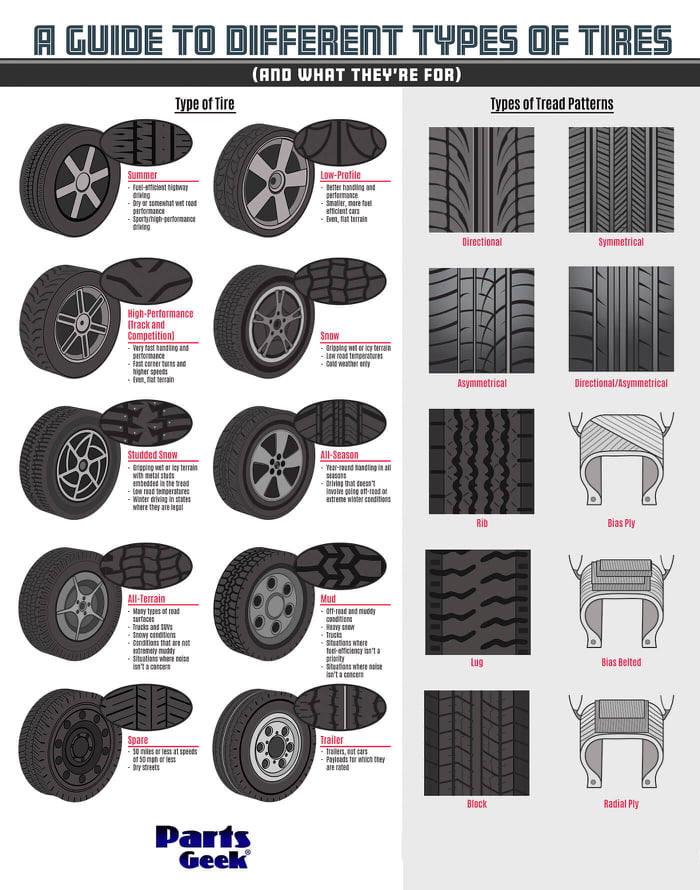When it comes to checking tire tread, there are a number of methods that can help you know if it’s time to replace a tire. Heavily worn tread will prevent a tire from performing as designed and can lead to unsafe driving conditions. One of the simplest, most common ways to check tread depth requires nothing more than a penny and a few moments of your time.
In the United States, tire tread depth is measured in 32nds of an inch. New tires typically come with 10/32” or 11/32” tread depths, and some truck, SUV and winter tires may have deeper tread depths than other models. The U.S. Department of Transportation recommends replacing tires when they reach 2/32”, and many states legally require tires to be replaced at this depth.
The idea of the penny test is to check whether you’ve hit the 2/32” threshold. Here’s how it works:
Place a penny between the tread ribs on your tire. A “rib” refers to the raised portion of tread that spans the circumference of your tire. Tire tread is composed of several ribs.
Turn the penny so that Lincoln’s head points down into the tread.
See if the top of his head disappears between the ribs. If it does, your tread is still above 2/32” , If you can see his entire head, it may be time to replace the tire because your tread is no longer deep enough.
When performing the penny tire test, remember not only to check each tire, but to check various places around each tire. Pay special attention to areas that look the most worn. Even if parts of your tread are deeper than 2/32”, you should still replace the tire when any areas fail the penny test.
Consistent wear around the whole tire is normal, but uneven tread wear could be a sign of improper inflation, wheel misalignment, or a variety of other things. If you see uneven tread wear, you should have a technician inspect your vehicle.
A simple way to check your tire tread depth is by using a tread depth gauge. You can find tire tread depth gauges at your local auto parts store. There are many models available, but an inexpensive simple graduated probe gauge will work just fine. All you have to do is stick the probe into a groove in the tread and press the shoulders of the probe flat against the tread block and read the result. All gauges should measure in both 32nds of an inch and millimeters.
You can find tire tread depth gauges at your local auto parts store. There are many models available, but an inexpensive simple graduated probe gauge will work just fine. All you have to do is stick the probe into a groove in the tread and press the shoulders of the probe flat against the tread block and read the result. All gauges should measure in both 32nds of an inch and millimeters.
Another indicator of worn out tread already lives in your tires themselves. Every performance, light truck, or medium commercial tire comes equipped with indicator bars (or wear bars) embedded between the tread ribs at 2/32”. They’re there to help you monitor tread depth and make decisions about tire replacement. Just look to see if the tread is flush with the indicator bars. If they are, it’s time to replace the tire.
While the penny tire test does deliver on what it promises – indicating whether tread has reached the legal limit – it may not be the best indicator of whether your tires are safe for the road. Tire performance can diminish significantly before your tread hits 2/32”. Even though the law deems fit for safe driving may not prevent you from hydroplaning or losing control in rainy, slushy conditions. If you think your tires may be close to needing replacement, have them checked out by a licensed mechanic.
Tire performance can diminish significantly before your tread hits 2/32”. Even though the law deems fit for safe driving may not prevent you from hydroplaning or losing control in rainy, slushy conditions. If you think your tires may be close to needing replacement, have them checked out by a licensed mechanic.
By Tom Krishner, The Associated Press
It’s time to get some traction.
At any time now, snow could fall over a broad swath of America, and that means your tires need to be checked.
Experts say if the rubber is worn, you could slide, crash or get stuck, even in a light snowfall. Depending on where you live and how badly you need to get someplace in bad weather, you might want winter tires. All-season tires might be an option, but they won’t start and stop as well in ice and snow.
Experts say late October is a good time to shop for tires and get them installed so you’re ready. Here’s how to figure out whether you need new tires and tips from experts on what kind of rubber to buy:
Here’s how to figure out whether you need new tires and tips from experts on what kind of rubber to buy:
Check the tread depth: Stick a quarter into the tire grooves at several spots with George Washington’s head upside down. If you can see the top of Washington’s hair, you have 4/32 of an inch of tread or less. That means it’s about time to replace your tires. You may have a little time left in warm, dry weather, but tires with less than 4/32 won’t grip well in ice and snow. People used to use a penny to check tread depth. But if the top of Abraham Lincoln’s head can be seen, that means you’ve only got 2/32 inches of tread left. “At that point most tires are basically worn out and need to be replaced immediately,” says Gene Petersen, tire program manager for Consumer Reports, which does extensive tire testing.
Winter or all-season? It depends on where you live, how urgently you need to be somewhere in the snow, and whether your vehicle is 2-wheel-drive or all-wheel-drive.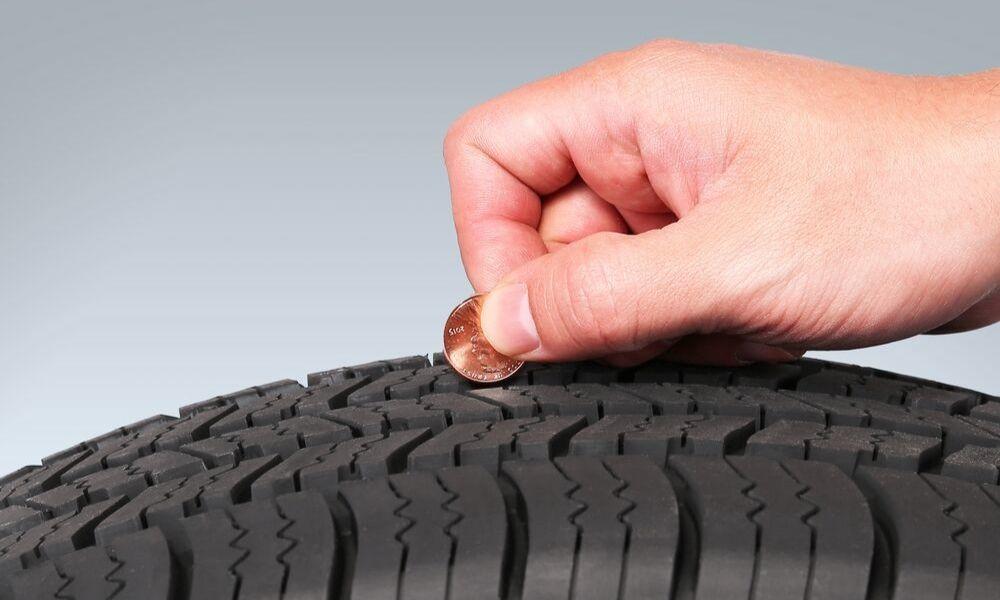 In an area with moderate snowfall, you probably can get by with all-season tires, especially if you can wait for plows to clear roads before going anywhere. Generally, if you live south of Cincinnati, Ohio, then all-season tires should work, says Woody Rogers, director of tire information for Tire Rack, an online tire store in South Bend, Ind. But to the north, where heavy snowfall is more likely, winter tires will be better. If the engine powers all four of your wheels, good all-season tires may suffice. Generally, winter tires on a two-wheel-drive vehicle grip better than all-season tires on a four-wheel-drive vehicle. Experts say all-wheel-drive makes a big difference starting off in snow. But it won’t help you stop in snow. That’s where winter tires come in. They’ll stop faster in slippery conditions because they grip ice and snow better due to specially designed soft tread compounds. In bad weather, winter tires grip almost like they’re being driven on dry roads, says John DiPiazza, part owner of A&A Tires in Milwaukee.
In an area with moderate snowfall, you probably can get by with all-season tires, especially if you can wait for plows to clear roads before going anywhere. Generally, if you live south of Cincinnati, Ohio, then all-season tires should work, says Woody Rogers, director of tire information for Tire Rack, an online tire store in South Bend, Ind. But to the north, where heavy snowfall is more likely, winter tires will be better. If the engine powers all four of your wheels, good all-season tires may suffice. Generally, winter tires on a two-wheel-drive vehicle grip better than all-season tires on a four-wheel-drive vehicle. Experts say all-wheel-drive makes a big difference starting off in snow. But it won’t help you stop in snow. That’s where winter tires come in. They’ll stop faster in slippery conditions because they grip ice and snow better due to specially designed soft tread compounds. In bad weather, winter tires grip almost like they’re being driven on dry roads, says John DiPiazza, part owner of A&A Tires in Milwaukee.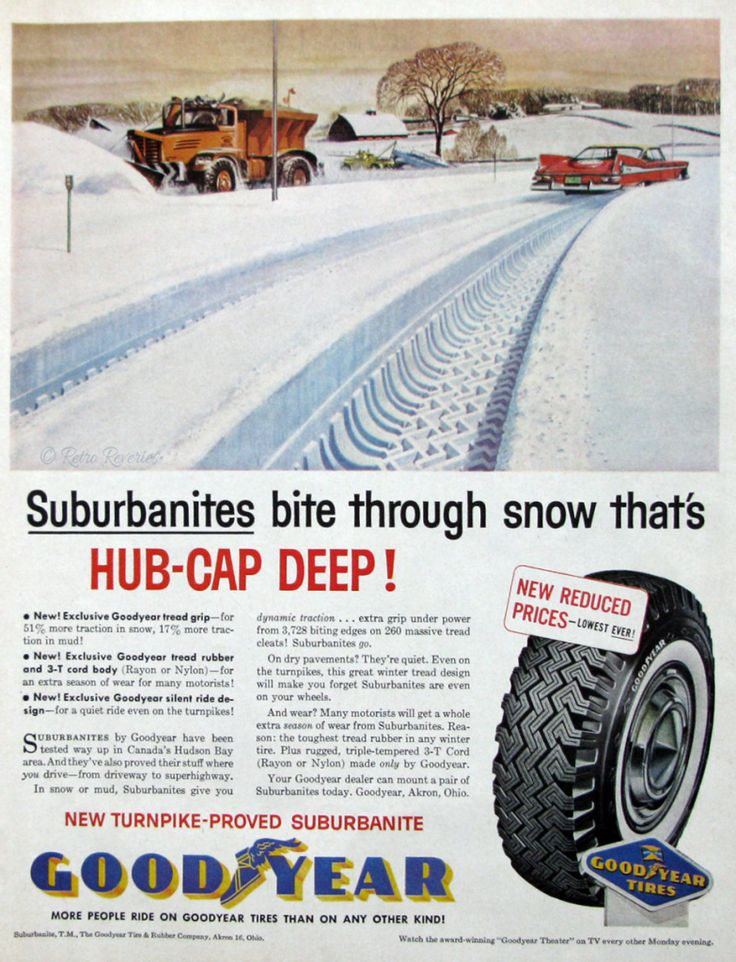 “It’s quite amazing,” he says.
“It’s quite amazing,” he says.
Read the reviews: If you decide to go with all-season tires, make sure you read test reports and consumer ratings. All-season tires vary wildly in their ability to grip snow, says Rogers, whose store also does tire testing. “The gap from good to bad is staggering,” he says. DiPiazza says you should stick to well-known brands for the best performance. If you choose winter tires, also read reviews. Tire Rack’s tests show less of a variance between snow tires from different brands. Deeper grooves generally mean more snow traction, but you can’t always tell performance from looking at a tire, Petersen says. Although winter tires have improved, they still compromise dry-pavement handling for snow and ice performance.
Replace all four tires: Putting snow tires on just the two drive wheels can make your car difficult to handle in snow and ice. When two wheels on one axle grip better than the other two, it creates a handling imbalance that could be treacherous if you’re trying to stop quickly or steer around something.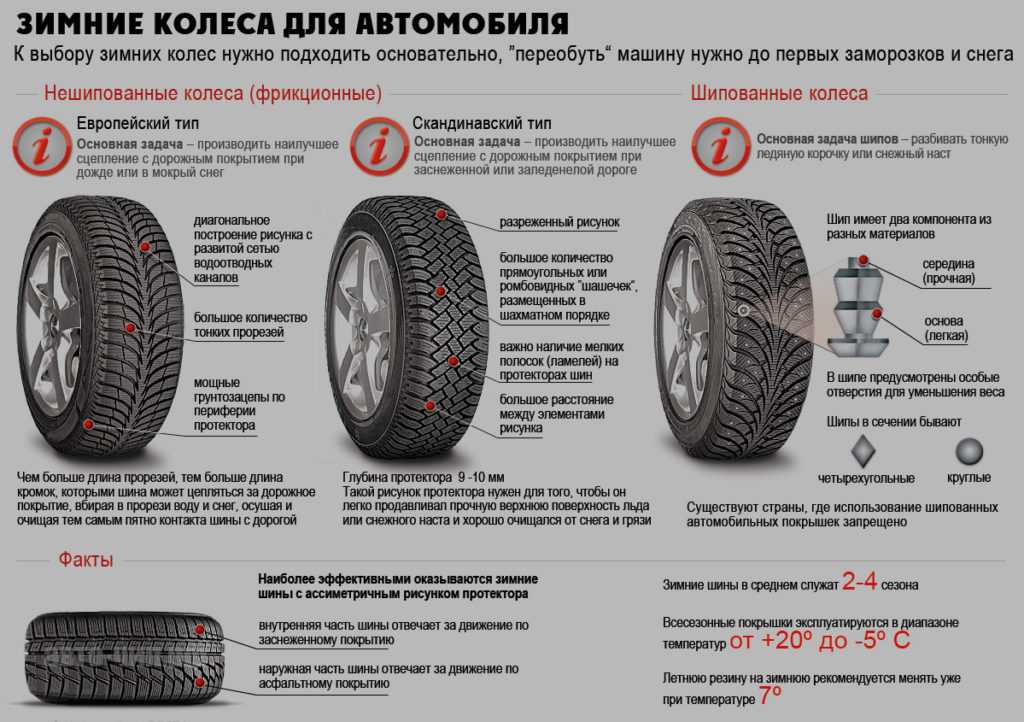 “Those are the situations where you need your car to work best, an emergency situation,” says Rogers.
“Those are the situations where you need your car to work best, an emergency situation,” says Rogers.
The price: Snow and all-season tires generally cost about the same. Consumer Reports found that sedan tires average around $145 each. SUV tires average $178 apiece. Shopping around could get you a better deal. Make sure the price includes mounting and balancing.
Buy early: Experts say now is the time to buy, when there’s time to do research and there’s an abundant selection of snow or all-season tires. If you wait until the first snowfall, you might get stuck with what the dealer has on hand in the size that fits your car. But don’t buy too soon: DiPiazza recommends installing winter tires when the daily high temperature is generally below 50 degrees.
We invite you to use our commenting platform to engage in insightful conversations about issues in our community. We reserve the right at all times to remove any information or materials that are unlawful, threatening, abusive, libelous, defamatory, obscene, vulgar, pornographic, profane, indecent or otherwise objectionable to us, and to disclose any information necessary to satisfy the law, regulation, or government request. We might permanently block any user who abuses these conditions. As of June 15, 2022, comments on DenverPost.com are powered by Viafoura, and you may need to log in again to begin commenting. Read more about our new commenting system here. If you need help or are having issues with your commenting account, please email us at [email protected].
We might permanently block any user who abuses these conditions. As of June 15, 2022, comments on DenverPost.com are powered by Viafoura, and you may need to log in again to begin commenting. Read more about our new commenting system here. If you need help or are having issues with your commenting account, please email us at [email protected].
Most Popular
Keeler: If Deion Sanders lands with CU Buffs, Colorado's top prep football players say they'd stay home, play for Coach Prime. "He's going to change a lot of kids' minds."
What's Colorado's most popular fast-food joint? Hint: It's not Chipotle
 After a Denver police SWAT raid, she’s afraid to be home.
After a Denver police SWAT raid, she’s afraid to be home.Ruby Johnson, 77, has lived in her house for 40 years. After a Denver police SWAT raid, she's afraid to be home.
Suspected bank robber barricaded in Greenwood Village hotel room surrenders to police
13-year-old girl at center of AMBER Alert found safe; suspect taken into custody
Pizzeria Locale closing original Boulder location for a rebrand and name change
Unmasking "The Scholar": The Colorado woman who helped a global art smuggling operation flourish for decades
Recount ordered in ultra-tight 3rd Congressional District race as Lauren Boebert clings to narrow lead
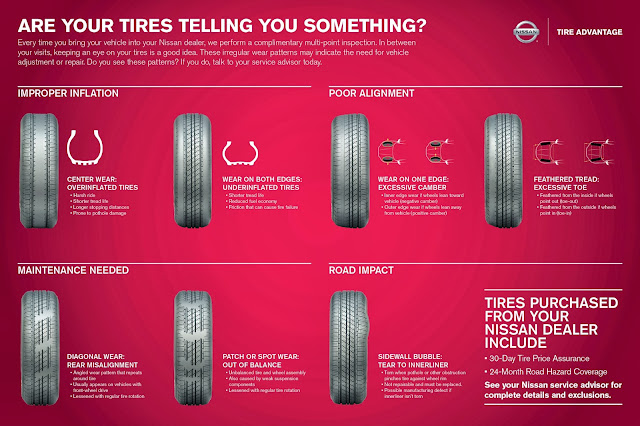 S. Marshals, Aurora police operation
S. Marshals, Aurora police operation11 missing at-risk children located in U.S. Marshals, Aurora police operation
Evoca TV, Altitude carrier, to "discontinue operations" at end of year if it can't secure additional funding
The height (also called depth) of a tread (or tire tread) is the distance from the bottom of the drainage channel to its surface, which is in direct contact with the road. This value can be different even within one specific tire - the height in the center of the tread may not coincide with the height in the shoulder areas. Therefore, the tread height must be measured where there are tread wear indicators set by the manufacturer.
The tread height also bears the functional imprint of the tire as a whole. If, according to the definition, a tread is an element that protects the internal structure of a tire, then, working with the tread height, the manufacturer creates its pattern and forms a system of drainage channels, giving the tread the necessary characteristics.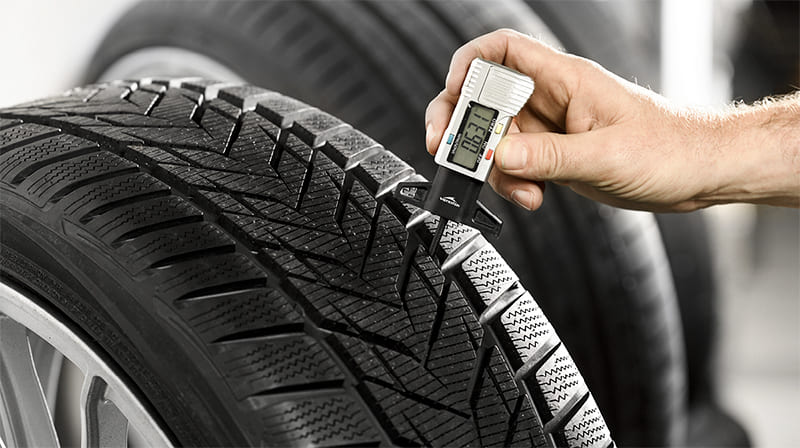
Not surprisingly, the tread heights of the new tires currently on the market vary. But besides the manufacturer's approach, there are other factors that affect the height of the tire tread:
Seasonal
Functional
It is also worth remembering that only one value is fixed by law for the tread of new tires - the minimum allowable tread height. This means that there is a standard for tread height only for used tires. This standard is the minimum allowable limit, below which the use of tires is prohibited. On the territory of Russia, the minimum allowable (residual) tread height for summer tires is 1.6 mm, and for winter tires - 4 mm.
The absence of a tread height limit on new tires allows manufacturers to actively work with other tire elements such as rubber compounds and internals to achieve optimal tire performance.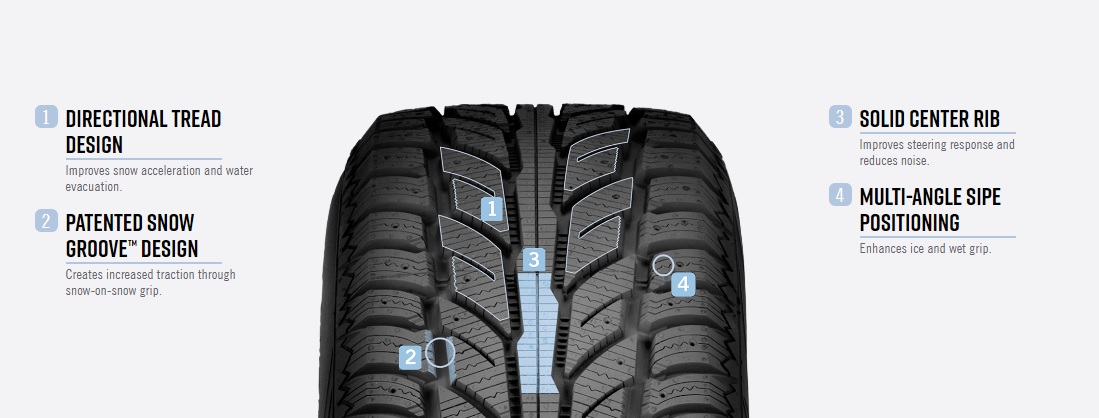 Because the height of the treadmill can have a positive effect on some characteristics and, at the same time, a negative effect on others. So, for example, a tire with a high tread, and therefore with deep drainage channels, will effectively drain water, but at the same time it will be worse to drive . The situation is reversed with a tire that has almost no tread pattern - with a slick tire. In this case, the tire will demonstrate excellent handling, but will be completely helpless on the road, even with minimal precipitation. Therefore, work with the tread height is carried out by tire engineers only in combination with other elements of the tire, which makes it possible to improve certain characteristics of the tire without reducing its other indicators.
Because the height of the treadmill can have a positive effect on some characteristics and, at the same time, a negative effect on others. So, for example, a tire with a high tread, and therefore with deep drainage channels, will effectively drain water, but at the same time it will be worse to drive . The situation is reversed with a tire that has almost no tread pattern - with a slick tire. In this case, the tire will demonstrate excellent handling, but will be completely helpless on the road, even with minimal precipitation. Therefore, work with the tread height is carried out by tire engineers only in combination with other elements of the tire, which makes it possible to improve certain characteristics of the tire without reducing its other indicators.
A good example of such interaction is tire mileage . In the initial period of the existence of tires with a tread, it was its height that determined the potential mileage. And, the higher the tread was, the more rubber it had, which means that the tire could cover more kilometers.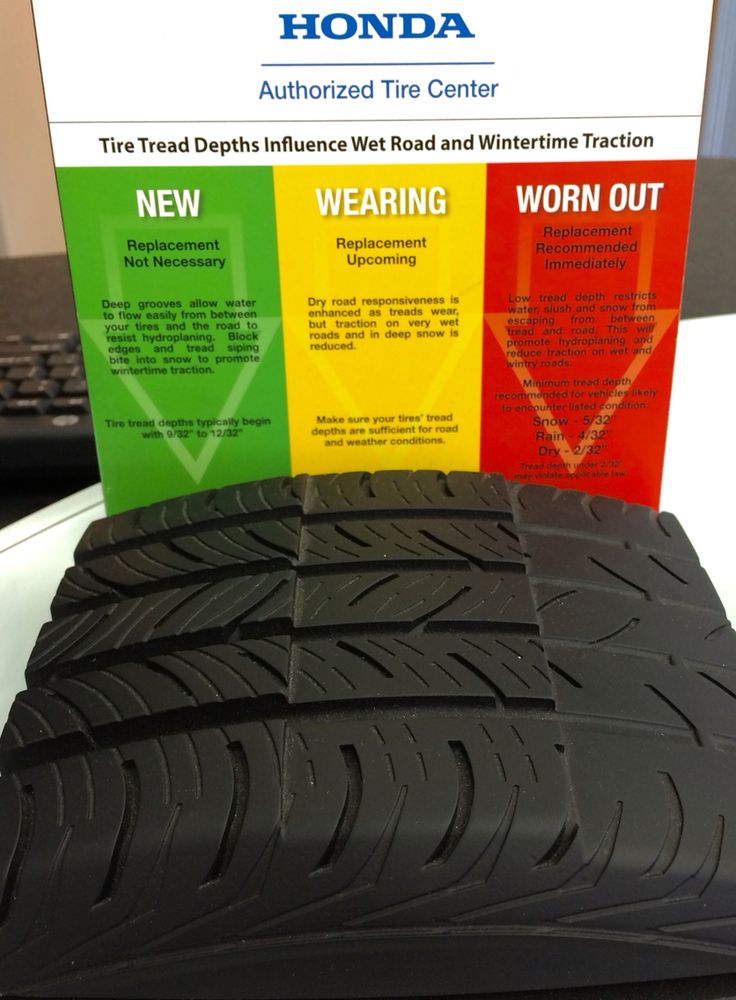 At the present stage, for leading tire manufacturers, the mileage is determined by the composition of the rubber compound and the recipe for its creation. Therefore, you should not focus on the tread height as the only indicator that determines the amount of potential tire mileage.
At the present stage, for leading tire manufacturers, the mileage is determined by the composition of the rubber compound and the recipe for its creation. Therefore, you should not focus on the tread height as the only indicator that determines the amount of potential tire mileage.
Summing up, it must be said that the tread height in the same size, but for different manufacturers, may differ, which is determined by the technical and technological level of each company, as well as its approach to creating a tire. The tread height of one model can also vary from size to size, and narrower sizes will usually have a higher figure.
In winter, drivers may encounter more pavement than in summer. And to dry and wet asphalt, a road covered with ice and snow, snow porridge or a chemical reagent will be added. Most of these coatings require a tire of branched system of drainage channels and powerful tread blocks , which leads to an increase in the negative profile of the tire (this is the total size of all tread channels), as well as an increase in its volume, which is achieved by increasing the height of the tread. In addition, the need to attach spikes also requires a tread with an increased height. And do not forget that the minimum allowable tread height for winter tires is much higher than the summer limit (4 mm versus 1.6 mm). All this leads to the fact that0003 winter tire tread has a large tread height (or depth).
In addition, the need to attach spikes also requires a tread with an increased height. And do not forget that the minimum allowable tread height for winter tires is much higher than the summer limit (4 mm versus 1.6 mm). All this leads to the fact that0003 winter tire tread has a large tread height (or depth).
Tread height:
- winter studded tire 9-10 mm
- winter non-studded tire 7.5-9 mm
- summer road tire 7.9-7.8 mm
Tires have a variety of uses as there are different vehicles, driving styles, different types of surfaces and frequency of use. Not surprisingly, tires for different uses also have different tread heights.
Summer tire tread height:
- road tire 7.2-7.8 mm
- sports tire 6.5-7.5 mm
- commercial vehicle tire 8-10 mm
- off-road tire 13.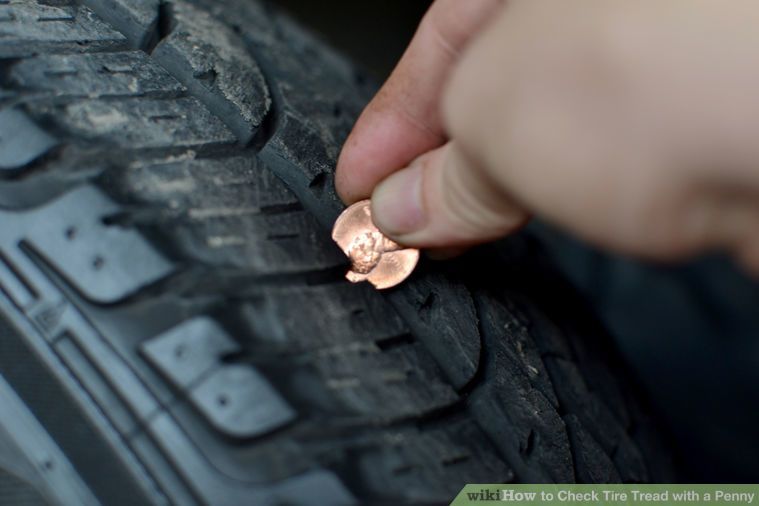 7-14.7 mm
7-14.7 mm
Sports tires have a lower tread height than conventional road tires for better handling.
Commercial tires have a higher tread which allows them to have more wear rubber , which means a higher resource. In addition, the deep tread pattern allows you to work more efficiently outside the asphalt pavement.
Off-road tires lead the way in tread height as the surfaces become more aggressive and the higher tread height will help protect the tire from tread damage. In addition, the volume of the tread obtained as a result of the increase in height will make it more efficient in mud, sand and other unstable surfaces.
In conclusion, it is worth noting that the tire tread height will help to tell a little about the purpose of the tire and its seasonality within the offer of one manufacturer. But choosing tires, focusing solely on this indicator, is not worth it.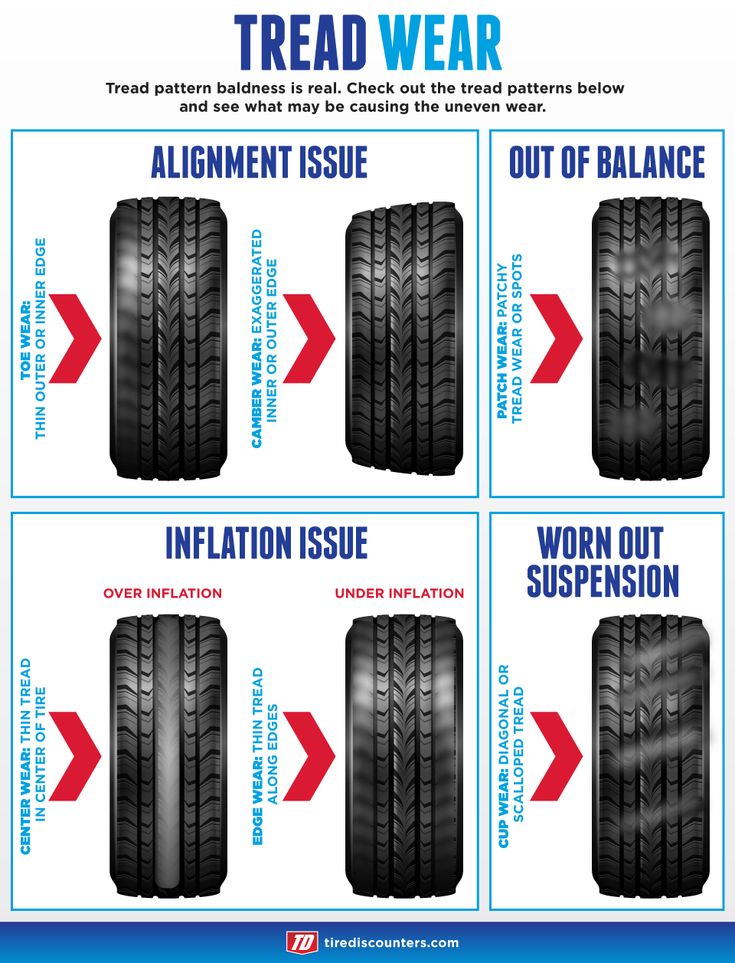 Since a tire is a complex product, and many of the tasks assigned to the tire cannot be solved only with a tread.
Since a tire is a complex product, and many of the tasks assigned to the tire cannot be solved only with a tread.
It doesn't matter if it's summer, winter or all-season tires: tread depth is extremely important. To confirm this statement and determine what the minimum tread depth is, ADAC experts tested winter tires in size 185/60 R14 in new condition and with different tread depths.
It is a well-known standard that the minimum tread depth for passenger car tires in Europe is set at 1.6 mm to ensure road safety.
But ADAC's extensive testing has proven that the legally defined profile depth limit only describes a margin of safety. For summer tires, the profile must have a depth of at least three millimeters, and at least four millimeters for winter and all-season tires. Less depth will be critical on wet roads, snow or slush.
The legal situation is clear: when your car tires (whose tread depth is usually between eight and nine millimeters when purchased) have worn down to the minimum allowable mark of 1. 6 mm, they become more unusable and must be replaced.
6 mm, they become more unusable and must be replaced.
However, in some European countries, such as Austria, winter tires with a tread depth of less than four millimeters are considered summer tires and are even allowed to be driven on some routes in winter.
Check the tire tread depth several times a year for your own safety, and remember that the minimum tread depth of 1.6 mm is strictly legal. For safe driving, tires should be changed from a tread depth of 3 or 4 mm.
In order to find out what effect a small tire tread depth has on tire performance, the ADAC test team tested winter tires in size 185/60 R14 in a new condition (profile depth of about 8 mm) and worn with 7.5 and 4 mm tread depth.
On snow, the differences between new and used tires were most pronounced. The braking distance of tires with a profile depth of 4 mm was already 3.2 meters longer at a speed of 30 km/h than with new tires.
Even more dramatic were the differences in traction when the tires needed good grip at launch or on inclines. The traction force depends on the depth of the sipes: the tread grooves "capture" loose snow, and the edges of the sipes adhere to a harder surface.
The traction force depends on the depth of the sipes: the tread grooves "capture" loose snow, and the edges of the sipes adhere to a harder surface.
Here, even the 7.5 mm residual profile option can only gain 60% of the traction compared to the new tire, notes a Shina.Guide technician. Tires with a tread depth of 4 mm do not even reach half the result of new winter tires. What can we say about tires with a legally fixed minimum tread depth of 1.6 mm, which simply have nothing to row snow with.
During the test, the ADAC testers tried, among other things, to evaluate the traction of summer tires on snow, but the most they could show was a quarter of the traction of a new winter tire and more than 7.5 meters of additional braking distance at a speed of 30 km/h .
On wet pavement, it is important to avoid sudden hydroplaning, which means that tires with longitudinal grooves and sipes should absorb and displace as much water as possible.
Tires worn down to 4 mm begin to “float” on the water already at a speed of 63 km/h, while new winter tires do not until the moment when the speedometer needle reaches 87 km/h.
In braking performance from 80 km/h on wet road surfaces, tires with a profile depth of 4 mm lose 7% of the braking distance to the new ones.
The difference in stopping distance between new and worn winter tires on dry pavement is also present. But the advantage in this matter is on the side of tires with a small residual tread depth. The reason is simple: flattened tread blocks deform less during braking, so more of the tread is in contact with the asphalt. However, dry roads are hardly a common occurrence even in countries with mild winter climates, and it turns out that in practice there are no advantages!
Testing with winter tires proves the enormous effect tread depth has on winter tire performance. And this also applies to summer and all-season tires. If you want to be safe, you should change the tires on your car no later than the moment when the minimum tread depth reaches three or four millimeters .